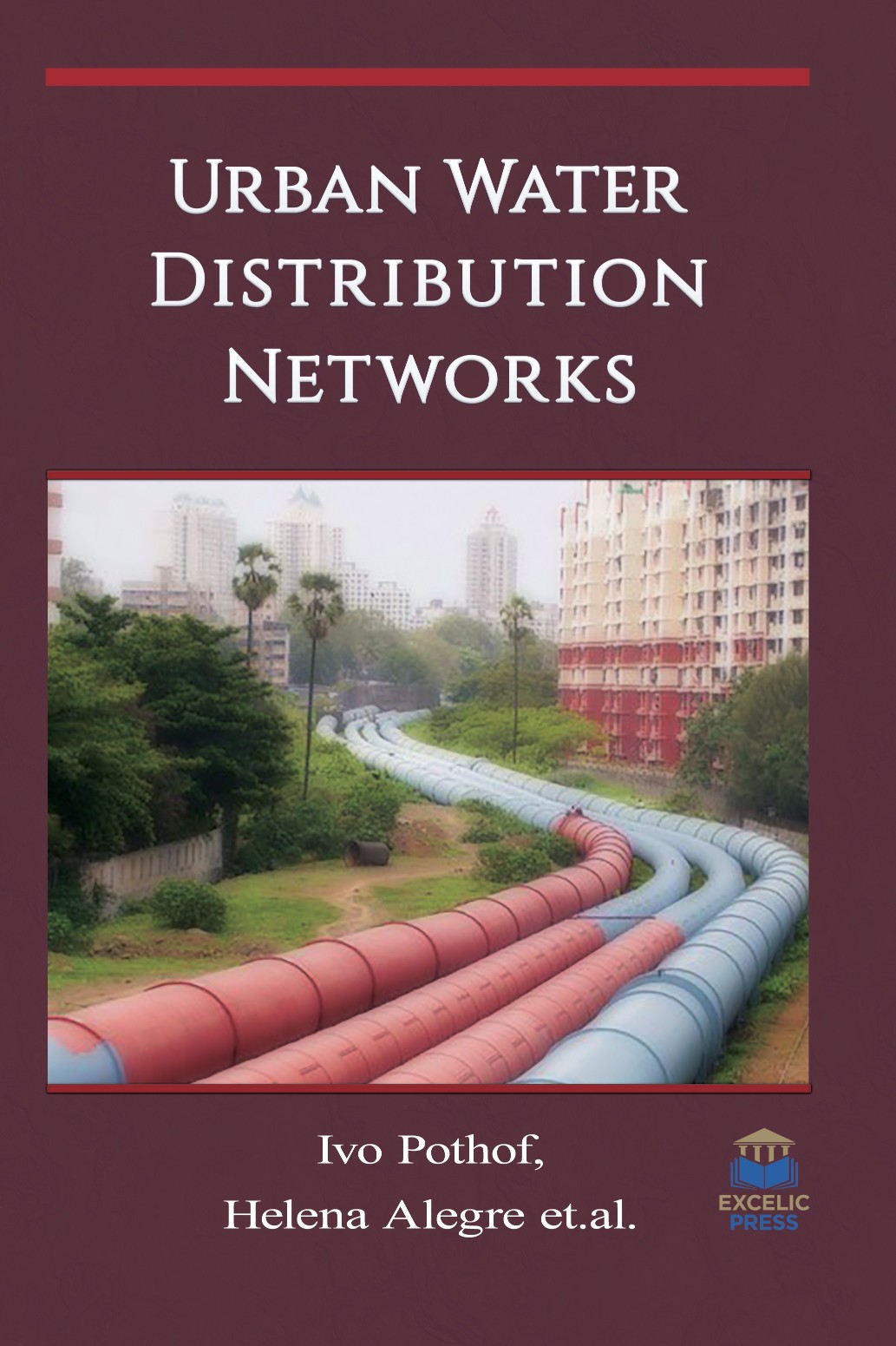Water is a precious and increasingly critical resource. Most engineered water distribution systems (WDSs) in urban areas are facing multiple internal and external development pressures during their lifespan, and have to be continuously adapted in order to guarantee a sufficient high level of service at all times. In addition to increasing water scarcity and pollution, rapid population growth and urbanization are major factors posing fundamental challenges to the global water cycle, with a particular pressure on the urban water supply. Therefore, future changes in demographic, climatic and socioeconomic developments are going to be the key drivers for changing the system’s structure and operation.
Urban Water Distribution Networks explores analytical and numerical modeling methods for finding and analyzing systems vulnerabilities in water distribution networks. It features real world case studies of networks under continuous and intermittent water supply operations.
The book focuses on the performance of water distribution systems (WDSs) during long-term city transitions. Several methodologies are presented where consecutive WDSs under changing conditions are automatically created, simulated and then analyzed at specific points in time during a transition process of several decades. With the proposed approaches, it is possible to identify robust WDS structures and critical points in time for which sufficient hydraulic and water quality requirements cannot be ensured to the customers.
This book is intended to students and practitioners, and researchers, as well as to assist decision makers in testing various planning options, water distribution networks engineers and system designers face multiple operational issues in delivering safe and clean potable water to their customers.













